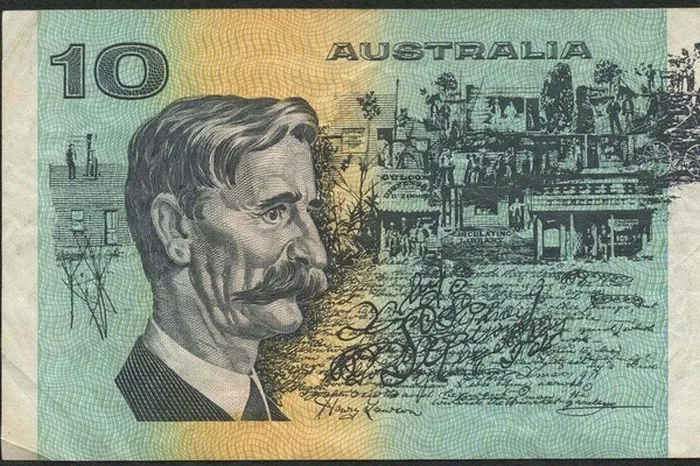The Australian dollar (AUD) has been a subject of keen interest among investors, policymakers, and financial analysts, especially in recent times. As global economic dynamics continue to shift, the question on everyone’s mind is: Is the Australian dollar going to get worse? In this article, we will explore the various factors influencing the Australian dollar’s performance and attempt to provide a comprehensive analysis of its future trajectory.
Economic Fundamentals:
To understand the potential future movements of the Australian dollar, it is crucial to examine the underlying economic fundamentals. Australia has long been considered a stable and developed economy with a strong reliance on commodities, particularly mining and exports. The performance of the AUD is closely tied to global demand for these commodities, with China being a significant player in this regard.
The ongoing trade tensions between Australia and China have added a layer of uncertainty to the economic outlook. China’s reduced demand for Australian exports, coupled with the global economic slowdown due to the COVID-19 pandemic, has impacted the Australian economy and, consequently, the Australian dollar.
Global Economic Factors:
The health of the global economy plays a pivotal role in shaping the fortunes of the Australian dollar. As a commodity-dependent currency, the AUD is sensitive to changes in global economic conditions. Factors such as interest rates, inflation, and geopolitical events can significantly impact investor confidence and influence the exchange rate.
Central banks worldwide, including the Reserve Bank of Australia (RBA), have a crucial role in stabilizing their respective economies. The RBA’s monetary policy decisions, including interest rate adjustments, can impact the attractiveness of the Australian dollar to investors. A divergence in monetary policies between Australia and major trading partners can lead to shifts in currency valuations.
Interest Rates and Monetary Policy:
One key determinant of the Australian dollar’s performance is interest rates. Central banks use interest rates to control inflation and stimulate or cool down economic activity. In recent years, the RBA has maintained historically low-interest rates to support economic growth and employment.
However, the prospect of rising interest rates in major economies, such as the United States, can lead to a flow of capital away from Australian assets. Higher interest rates abroad may make alternative investments more attractive, potentially weakening the Australian dollar.
Commodity Prices:
Australia’s economic landscape is heavily influenced by commodity prices, particularly those of iron ore and coal. These commodities are vital exports for Australia, and their prices can have a direct impact on the country’s trade balance and currency value. Global demand for commodities, especially from major trading partners like China, remains a critical factor in determining the Australian dollar’s future.
Political and Trade Developments:
Geopolitical tensions and trade disputes can introduce volatility into currency markets. Australia’s relationship with major trading partners, particularly China, has faced challenges in recent times. Trade tensions can disrupt established economic ties and impact the demand for Australian exports, further affecting the Australian dollar.
Domestic Factors:
Domestic economic indicators, such as employment data, consumer sentiment, and business confidence, provide insights into the overall health of the Australian economy. Negative trends in these indicators can contribute to a pessimistic outlook for the Australian dollar, as they signal potential economic challenges that may impact investor confidence.
See Also Is Now the Right Time to Invest in Australian Dollars?
Conclusion:
In conclusion, predicting the future movement of the Australian dollar is a complex task that requires a thorough analysis of various economic, political, and global factors. The interplay between these factors will continue to shape the trajectory of the AUD in the coming months and years.
While challenges such as trade tensions with China and global economic uncertainties may exert downward pressure on the Australian dollar, it is essential to recognize the resilience of the Australian economy and the potential for policy adjustments to address emerging challenges. Investors and stakeholders should closely monitor key indicators and stay informed about developments that could impact the Australian dollar’s performance in the dynamic global economic landscape.


